Automated welding systems offer the potential to increase productivity, improve weld quality, reduce labor and materials costs, mitigate the welder shortage, and most importantly, increase a company’s overall profitability.
These systems can be expensive, but their prices have come down substantially over the past ten years, and those costs need to be understood within the context of the system’s benefits.
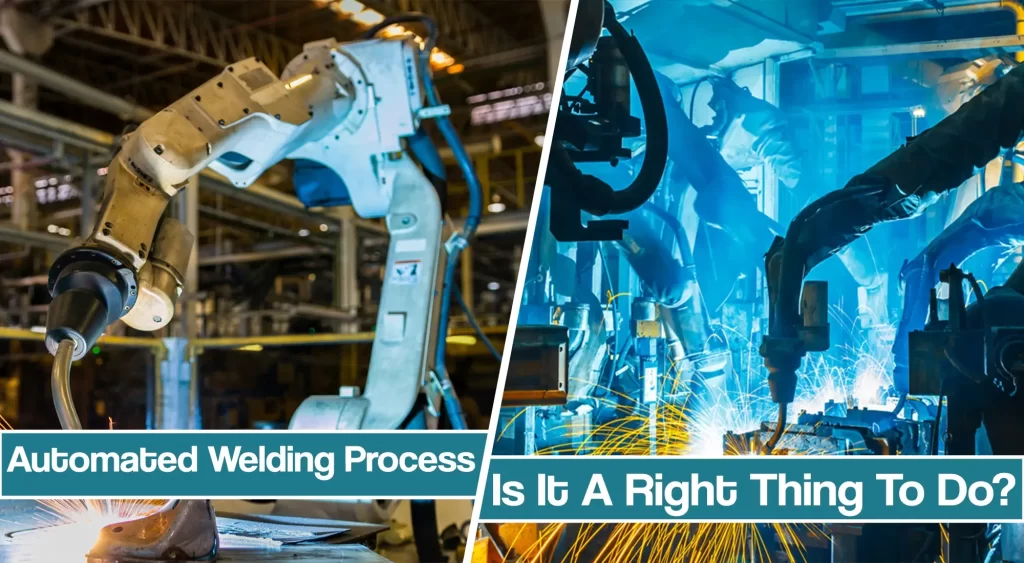
In a globally competitive environment, rather than asking whether you can afford to automate, you might consider asking is automated welding right for you?
However, automation won’t be suitable for every business, and choosing the right system for your operation is critical to ensuring a wise investment. Like most purchasing decisions, success in automation depends almost entirely on planning and preparation. The rewards can be significant, but so too can be the cost of making the wrong decision. Below are seven factors you need to consider when deciding whether and how to automate your welding operations.
Is Automated Welding Right For You?
Before you have automation in mind, you should ask yourself a couple of questions first. Answering these can help you choose whether automated welding is suitable for you.
Why Should You Automate?
A single automated welding system can perform the welding of up to three employees, often with higher-quality results, and eliminate bottlenecks that occur at the welding stage of the manufacturing process. But that’s not all.
An automated system can lower your cost for consumables by using only as much filler metal as is necessary. In addition, it can significantly reduce your scrap and rework rates by improving your welds’ visual and mechanical quality and reducing or eliminating spatter.
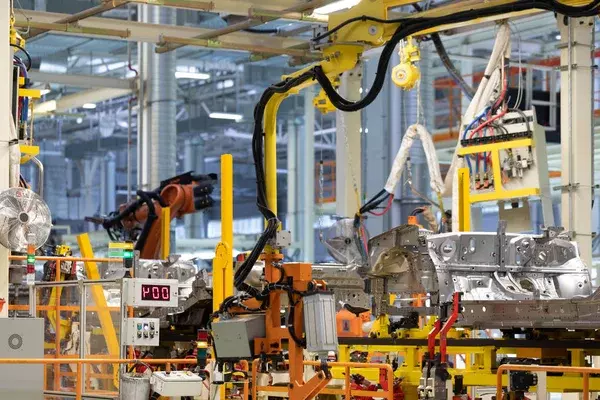
Further, automating your welding can reduce labor costs, allowing you to reallocate those resources elsewhere in your plant. If you are in an industry where your competition is still welding by hand, investing in an automated system could give you a competitive advantage in your customers’ minds.
Is Automated Welding Worth The Investment?
The benefits of automating can be significant, but those benefits come at a price. Many companies, especially smaller fabricators and those with frequently changing production lines, need to see a payback period of no more than 12-15 months to justify the investment. On the other hand, companies that know their production needs will not change for years may be able to justify a more extended payback period.
Calculating payback first involves determining your current product cycle times and comparing those results to the possible cycle times of an automated system. For example, if you need to produce X number of parts per week, and an automated system can make those parts in one-quarter of the time it takes a human operator to complete, you’ve just increased your productivity by 75 percent.
Overwhelming is a common and costly occurrence in semi-automatic welding. A weld bead that is 1/8-in. larger than necessary can double your filler metal costs. An automated system can reduce your filler metal costs by putting down only as much material as required.
Automated systems also use bulk filler metal drums, which can further reduce your filler metal costs by requiring fewer changeovers and yielding bulk-purchasing discounts. In addition, using bulk tanks for your shielding gas, another highly recommended step in optimizing your automation capabilities, will further increase your return on investment.
Should You Automate Welding Process?
Automating a welding cell won’t be the right course of action for everyone. Still, the capabilities of automated systems and their increasing affordability make it a wise choice for many companies.
You must provide the robot with a consistent supply of material and ensure that the parts being welded do not pile up in another part of the plant. If your robot only serves to move the production bottleneck from the welding cell to the painting booth, for example, then you have not increased your productivity.
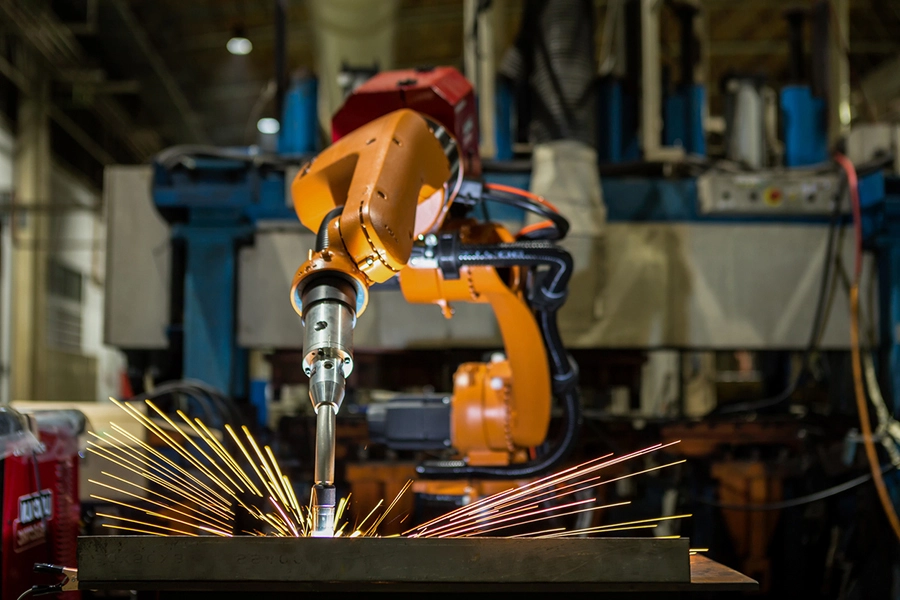
Repeatability and measurability are precursors to automation. For example, if you don’t have a blueprint (preferably an electronic one), you will likely be unable to automate the welding for that part. You also should have a thorough understanding of your existing productivity from which to measure the improvements of the automated system. Further, components should have large batch runs (although there are some exceptions to this rule), tolerances within thousandths of an inch, and configurations that allow access from an automated gun.
Make sure you have the right workforce to automate your operations. An automated welding system requires a trained operator to ensure it runs properly. Because it takes longer to become a skilled welder than to learn how to operate a computerized welding system, it usually makes sense to train a welder to operate the automated system rather than train a tech-savvy employee in proper weld-quality identification and troubleshooting.
Automated systems generally require three-phase, 480v electrical power and only reach their full potential with the use of a bulk gas/manifold system, so these factors also should be considered in determining whether or not to leap into welding automation.
What Are Welding Automation Options?
There are two basic types of automated welding systems, robotic and fixed. Most people think of a robotic welding system when they think of automated welding. It uses a robotic arm that can move along several axes and a positioner that moves the part to be welded.
Robotic systems are more expensive and complicated than fixed automation systems, but you can reprogram them to accommodate different product lines if your business changes. This makes robots especially attractive if you have a small, growing fabrication shop.
In a fixed automation system, either the gun or the part is set in place, making the system less flexible in accommodating changes in product configuration and design. For example, a product that requires only straight or curved welds along a single plane is usually a good candidate for a fixed automation system.
What Equipment Do You Need?
Planning a successful automation effort involves carefully choosing the equipment that will make up the system, including the positioner, the tooling, the welding power source, the robot, the gun, the welding wire, and the peripherals.
The positioner is responsible for (as the name implies) turning, rotating, or otherwise moving the part into an optimal position to be welded. In many cases, this involves moving the part so the system can weld in a flat position for optimal deposition efficiency.
The tooling holds in place the material to be welded and it is one of the most critical components of an automated welding system.
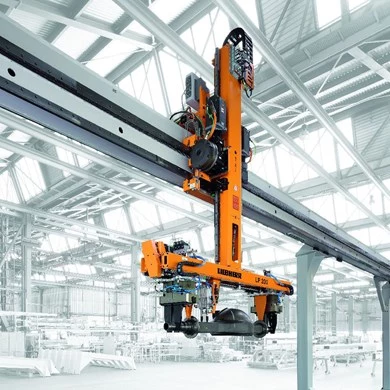
Because the gun moves along precisely the same path each cycle, if the weld joint is out of place by as little as a few thousandths of an inch, the resulting part could end up in the rework or scrap bins. Simply designing the tooling correctly at the beginning isn’t enough, however. The tooling is subject to mechanical wear, heat distortion, and other factors that could cause weld defects, so a trained operator must ensure the tooling continually maintains acceptable tolerances.
Power sources, especially those designed specifically for automated welding, can monitor and respond to the arc conditions within milliseconds, reducing heat input to the materials, increasing travel speeds, reducing spatter, bridge gaps, and working with a wide variety of metals. Choose a power source that offers these benefits.
Selecting the right gun and welding wire also can have a significant bearing on the productivity and profitability of your operation and should be chosen based on how they perform in conjunction with the rest of the system’s components and parts. Subject to intense heat, spatter, and other elements, the gun must be highly durable to avoid maintenance downtime. The gun should also be easily serviceable to minimize any downtime for spatter removal, contact tip changeover, and other routine maintenance.
Finally, robotic peripherals, such as nozzle reamers, anti-spatter applicators, and wire cutters, should be factored into your automation effort. These devices can improve uptime and welding performance.
What Else Do You Need To Consider?
Predicting your company’s automated welding needs in the years ahead will help you determine the type of system you need. If you have a part that lends itself easily to a fixed automation system, for example, but you aren’t confident that you will be making that part three years from now, a robotic system might be the better choice. It can be reprogrammed and retooled to accommodate your needs in the future.
Whom Should You partner With?
Your automation partner, whether your welding supplies distributor, a robotic systems integrator, an equipment manufacturer, or an independent consultant, should be available with support and service throughout the transition to an automated welding system —not just until you install the robot.
Further, most reputable robot manufacturers provide at least a weeklong training course and 24-hour support hotlines and field service technicians who can make on-site repairs and/or consultations.
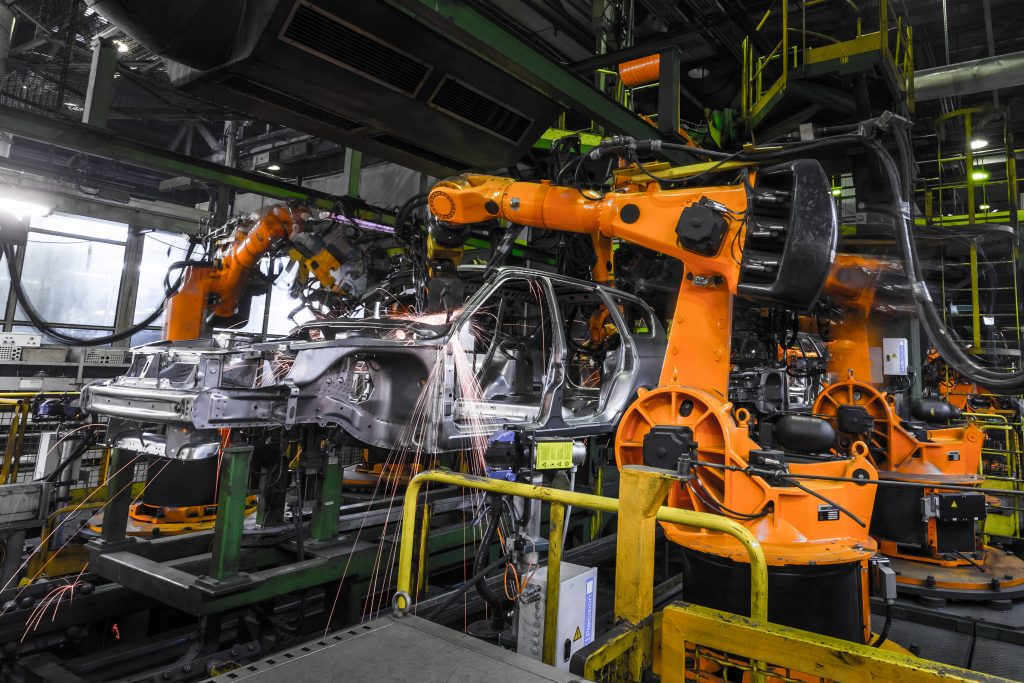
The popularity of automated welding operations is increasing thanks to their welding capabilities and return on investment. If you have a repeatable part, efficient material flow, and a desire to increase your company’s productivity, you should at least be looking into automation. You also should assume that your competition is looking into automation, too.
The first step toward determining if automation is right for you will be to contact a trusted expert who can conduct an on-site analysis of your specific circumstances, recommend the appropriate equipment and configurations, and calculate the payback you expect.





